Introduction
The art of preparing glutinous rice dumplings, commonly known as zongzi in Chinese, is a centuries-old tradition deeply rooted in Chinese culture. These delicious, triangular-shaped packages wrapped in bamboo leaves or reed leaves encapsulate a variety of fillings, ranging from the classic sweet red bean paste and salted egg yolks to savory meats and vegetables. While the preparation and wrapping process can be a delightful culinary activity, the crucial step that often determines the success of these dumplings lies in the steaming.
Steaming zongzi is not merely about heating the food; it’s a method that preserves the natural flavors and textures of the ingredients while infusing them with the subtle aroma of the bamboo or reed leaves. However, achieving the perfect texture and flavor in a zongzi requires precise timing. This article delves into the intricacies of steaming glutinous rice dumplings, exploring the various factors that influence cooking time and offering practical tips to ensure your zongzi are cooked to perfection.
Understanding the Components of Zongzi
Before discussing the steaming process, it’s essential to understand the components of a zongzi and how they affect cooking time. The primary ingredient is glutinous rice, which is sticky and high in starch, giving the dumpling its characteristic texture. The fillings can vary widely, from sweet to savory, and may include ingredients like red bean paste, lotus seed paste, salted egg yolks, pork belly, mushrooms, and bamboo shoots. The outer wrapping, typically bamboo leaves or reed leaves, not only holds the dumpling together but also adds a unique fragrance to the dish.
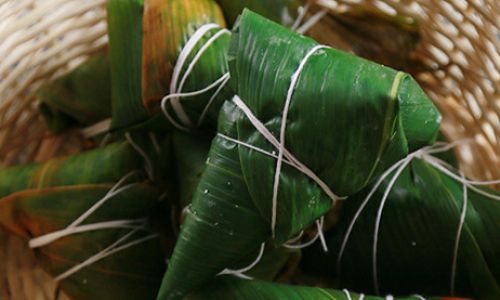
Factors Influencing Cooking Time
Several factors determine how long it takes to steam a zongzi until it’s fully cooked:
-
Size and Shape of the Zongzi: Larger zongzi require more time to cook through compared to smaller ones. The shape can also play a role; for instance, thicker zongzi might need additional steaming to ensure the center is cooked.
-
Type of Filling: Fillings with a higher fat content, such as pork belly, take longer to cook than those with lower fat, like vegetables. Additionally, fillings that are dense or solid require more heat penetration than liquid or semi-liquid fillings.
-
Wrapping Material: Bamboo leaves and reed leaves conduct heat differently. Bamboo leaves tend to be more heat-resistant and may require slightly less steaming time, while reed leaves might need a bit more to ensure the heat reaches the center of the dumpling.
-
Steaming Equipment: The type of steamer used can also impact cooking time. Traditional bamboo steamers, with their natural insulation properties, may cook zongzi more evenly than metal steamers. The tightness of the lid and the amount of steam generated are also critical factors.
-
Altitude and Climate: The altitude and climate where you live can affect the boiling point of water and the efficiency of heat transfer, thereby influencing steaming times.
The Steaming Process
Now, let’s break down the steaming process step-by-step, considering the various factors mentioned above.
Preparation of the Steamer
-
Cleaning: Begin by thoroughly cleaning your steamer to remove any residue or dirt. This ensures that the zongzi do not pick up unwanted flavors.
-
Water Level: Fill the steamer pot with water to a level that won’t touch the bottom of the steaming rack. The water should be enough to generate continuous steam throughout the cooking process.
-
Preheating: Bring the water to a rolling boil before placing the zongzi in the steamer. This ensures that the dumplings start cooking immediately upon being exposed to steam.
Arranging the Zongzi
-
Spacing: Place the zongzi on the steaming rack, ensuring they are not overcrowded. Adequate spacing allows steam to circulate freely around each dumpling, ensuring even cooking.
-
Layering: If you’re steaming a large batch, you may need to layer the zongzi. In this case, use additional steaming racks and make sure each layer is not too dense.
-
Covering: Securely cover the steamer with a tight-fitting lid to prevent steam from escaping. This maintains the necessary temperature and humidity inside the steamer.
Steaming Time
Determining the exact steaming time can be challenging due to the variability in zongzi sizes, fillings, and steaming equipment. However, here are some general guidelines:
-
Small to Medium-Sized Zongzi: For zongzi that are approximately 3-4 inches in length and width, steaming for about 2 to 2.5 hours is usually sufficient. This time frame applies to both sweet and savory fillings wrapped in bamboo or reed leaves.
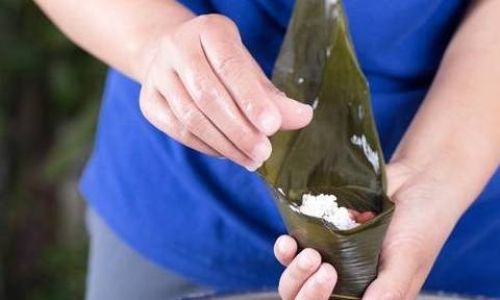
-
Large Zongzi: Larger zongzi, especially those with dense fillings like pork belly, may require up to 4 hours of steaming. It’s crucial to check the internal temperature of these larger dumplings to ensure they are cooked through.
-
Adjustments for Different Fillings: If your zongzi contain only glutinous rice and sweet fillings, they may need slightly less time, around 1.5 to 2 hours. Conversely, zongzi with meat or other dense fillings will require the longer steaming times mentioned above.
Checking for Doneness
After the initial steaming period, it’s essential to check the zongzi for doneness. Here are a few methods:
-
Visual Inspection: Carefully open one zongzi to check the color and texture of the rice. Fully cooked glutinous rice should be translucent and sticky, with no raw spots.
-
Temperature Check: Use a food thermometer to check the internal temperature of the zongzi. The center should reach a temperature of at least 165°F (75°C) to ensure safety and doneness.
-
Taste Test: Carefully taste a small piece of the rice to ensure it’s cooked through and has absorbed the flavors of the filling and wrapping leaves.
Post-Steaming Care
Once the zongzi are cooked, it’s important to handle them carefully to prevent them from sticking together or falling apart.
-
Cooling: Allow the zongzi to cool slightly before removing them from the steamer. This makes them easier to handle and prevents steam burns.
-
Storing: If you’re not serving the zongzi immediately, let them cool completely on a wire rack before storing them in an airtight container. They can be refrigerated for up to a week or frozen for longer storage.
Troubleshooting Common Issues
Despite careful preparation and steaming, issues can still arise. Here are some common problems and solutions:
-
Undercooked Rice: If the rice is still sticky or has raw spots, the zongzi likely need more steaming time. Return them to the steamer for an additional 30 minutes to an hour and check again.
-
Overcooked Rice: Overcooked rice can become mushy and lose its texture. If this happens, the zongzi may still be edible but won’t have the desired firmness. To prevent this, use a timer and check for doneness early in the steaming process if you’re unsure about the cooking time.
-
Soggy Wrapping: Soggy wrapping can occur if the zongzi are steamed for too long or if the steamer isn’t properly ventilated. Ensure the steamer has adequate ventilation and check the zongzi regularly to avoid overcooking.
Conclusion
Steaming glutinous rice dumplings is an art that requires patience, attention to detail, and an understanding of the various factors that influence cooking time. By following the guidelines outlined in this article, you can achieve perfectly cooked zongzi that are both delicious and visually appealing. Remember, the key to success is precise timing, careful monitoring, and a willingness to adjust based on the specific characteristics of your zongzi and steaming equipment. With practice, you’ll soon master the technique and enjoy the satisfaction of serving homemade zongzi that are a delight to both the eyes and the palate.

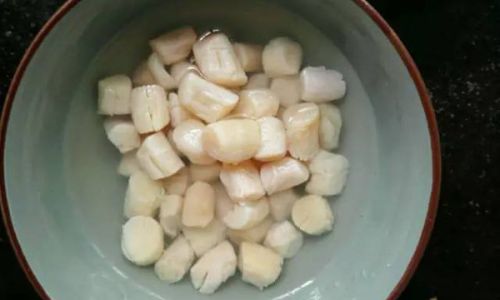

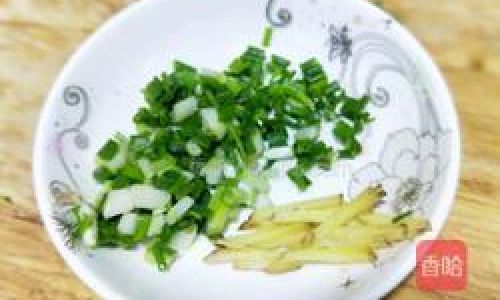
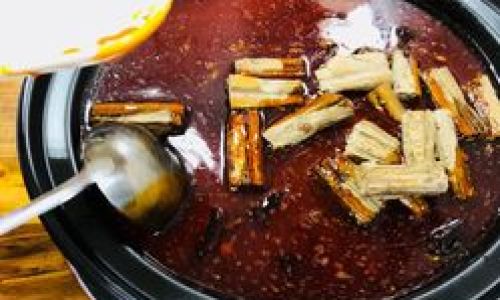
0 comments